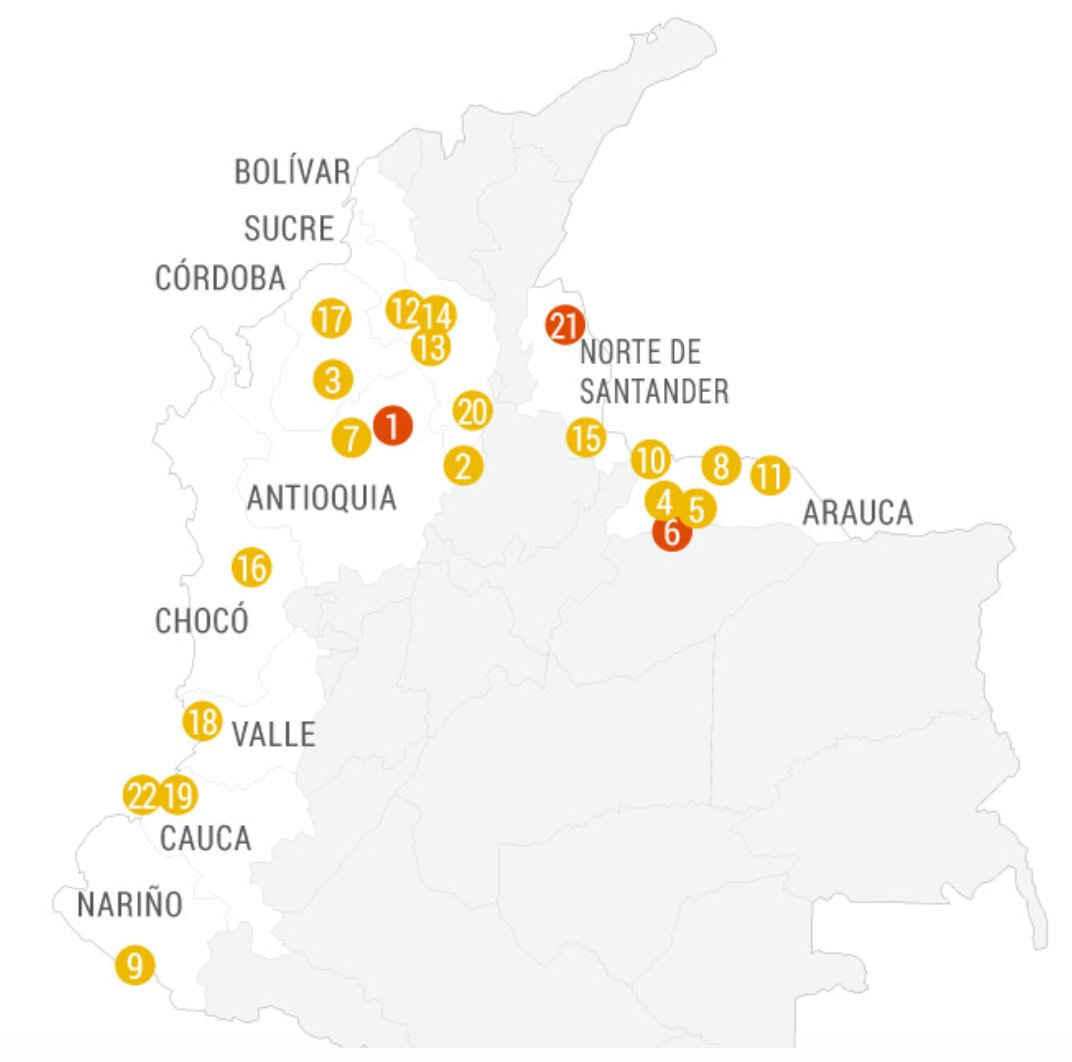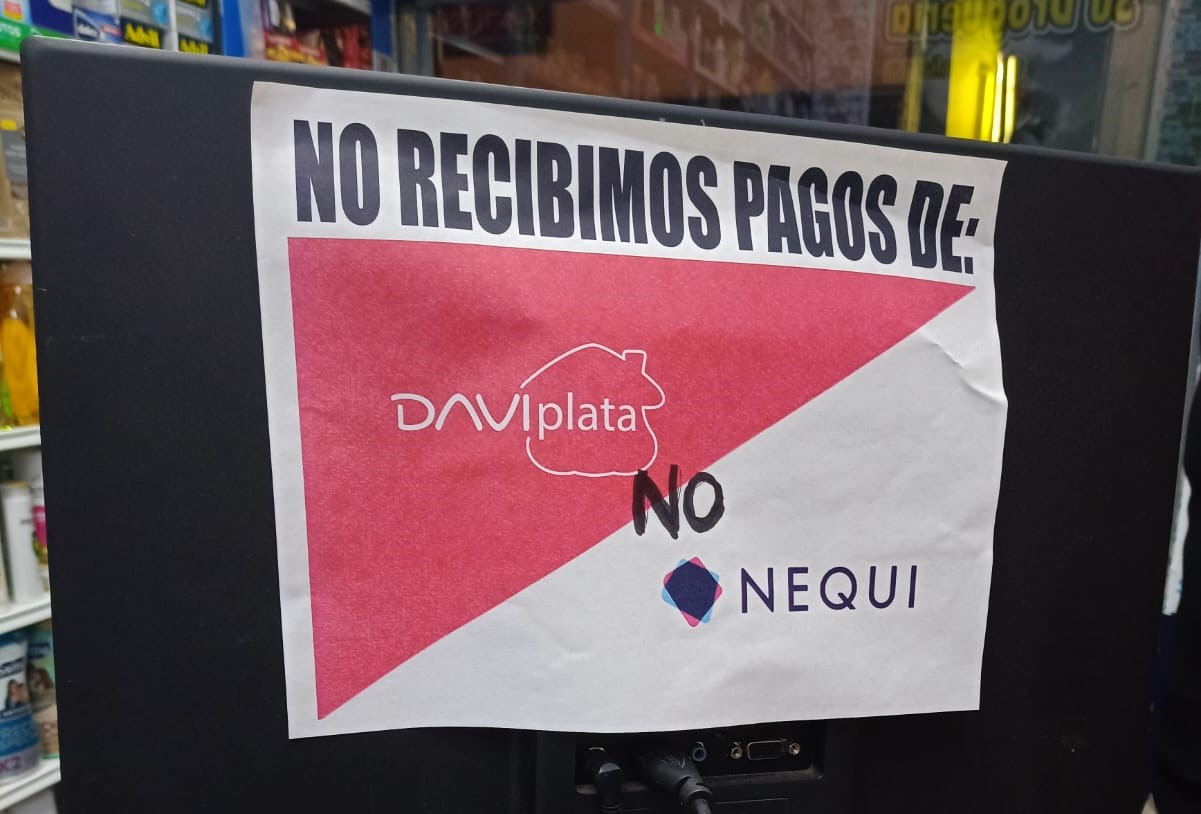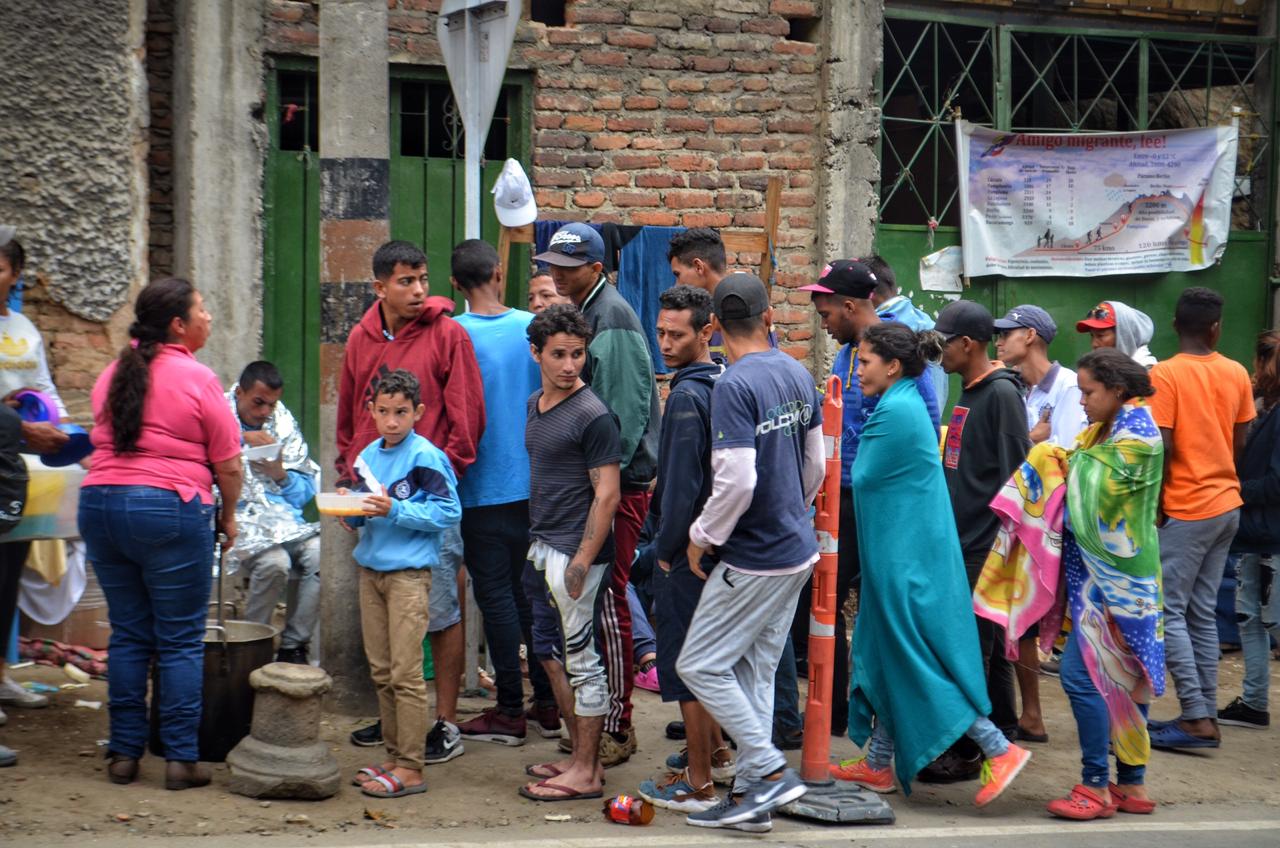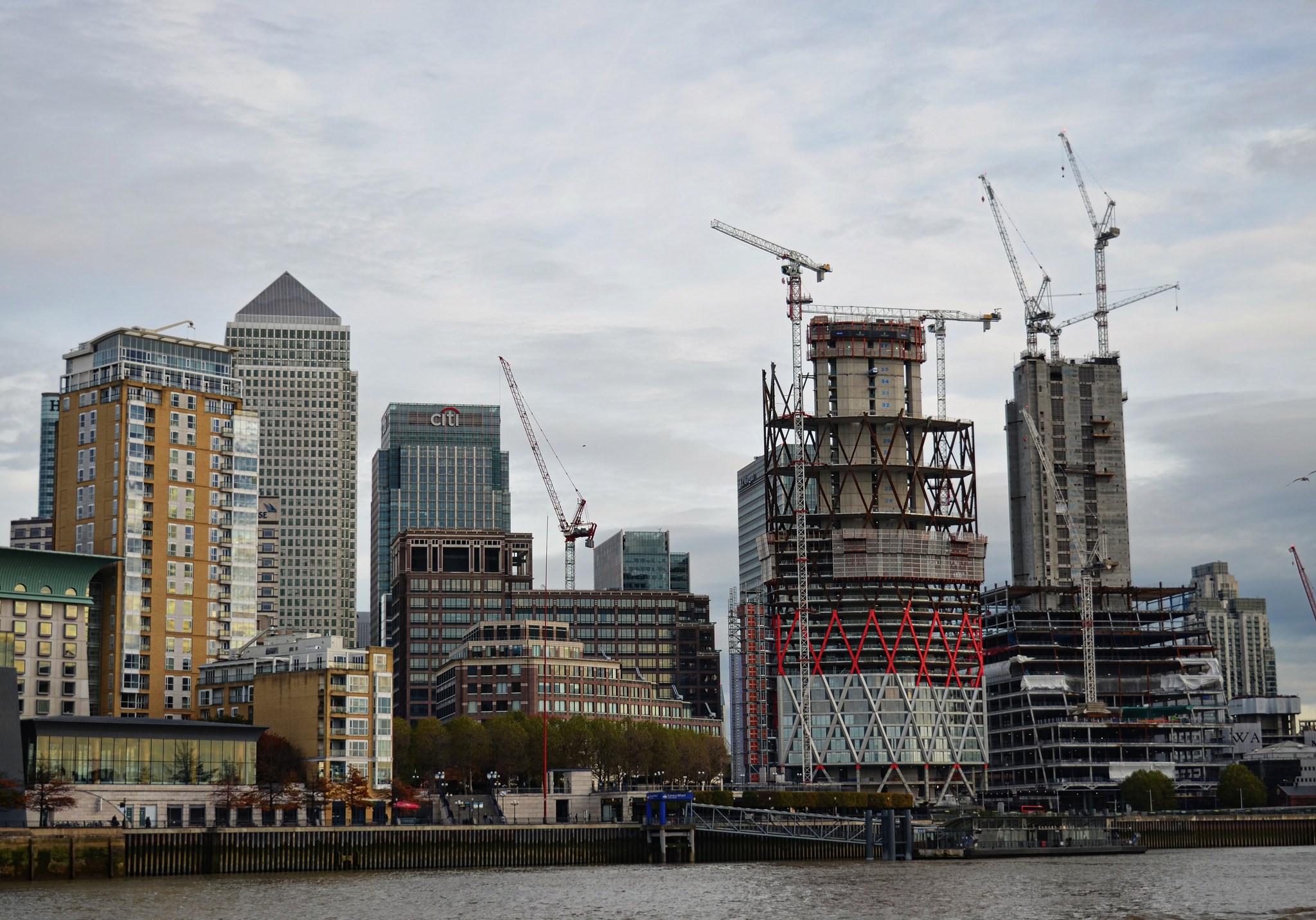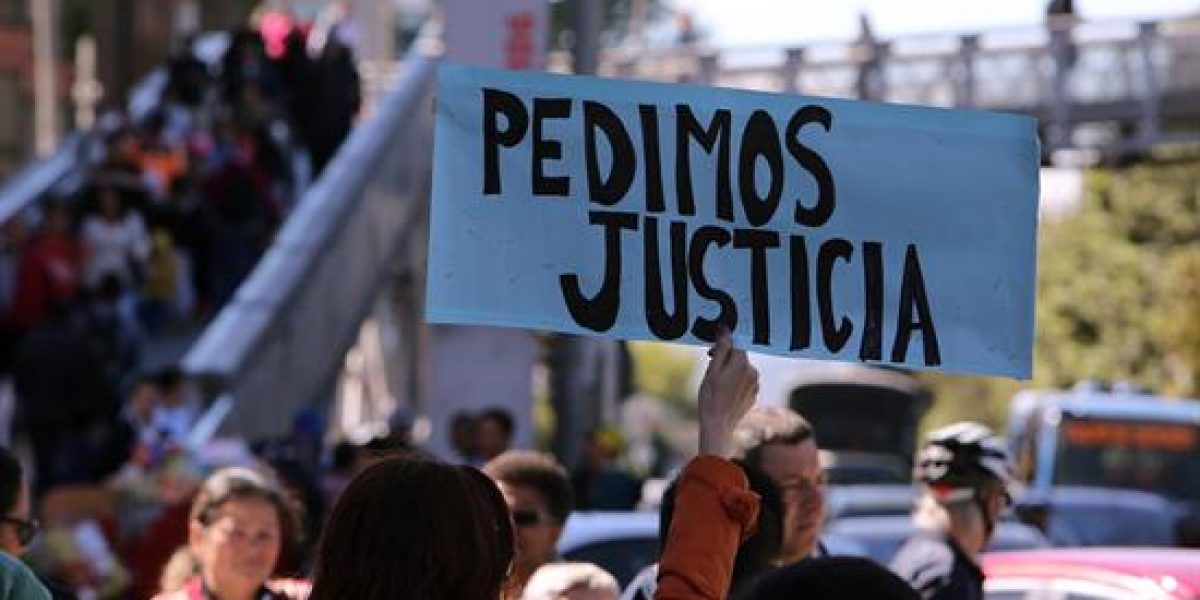Details announced on how Colombia’s phase two of quarantine will work amidst rumours that hotspots will remain locked down.
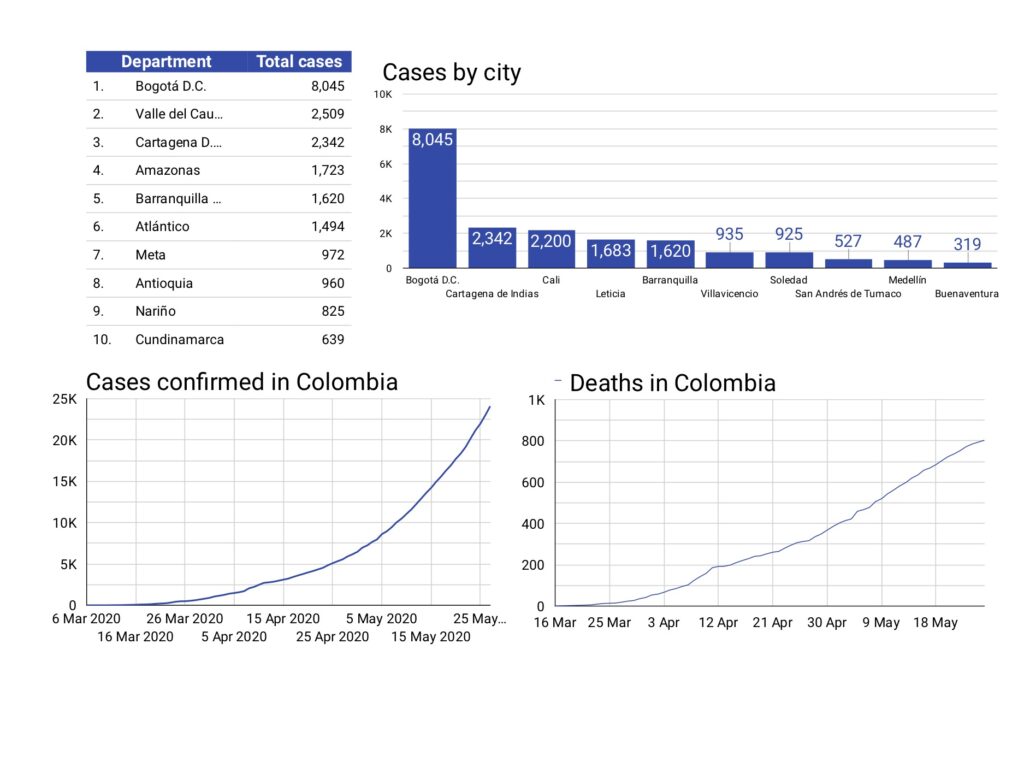
President Iván Duque gave more detail last night about how the second phase of the quarantine will work, but a number of questions remain unanswered.
The main one on the lips of many bogotanos is: Are the local rules going to end on May 31 or will the current measures in the capital continue into June? The Health Minister, Fernando Ruiz Gómez, told Blu Radio yesterday afternoon that in the case of cities – Cartagena, Cali, Barranquilla, Bogotá, Tumaco, Buenaventura and Leticia – with a lot of confirmed cases, the lockdown may continue until at least mid June.
Read our latest coverage on the coronavirus in Colombia
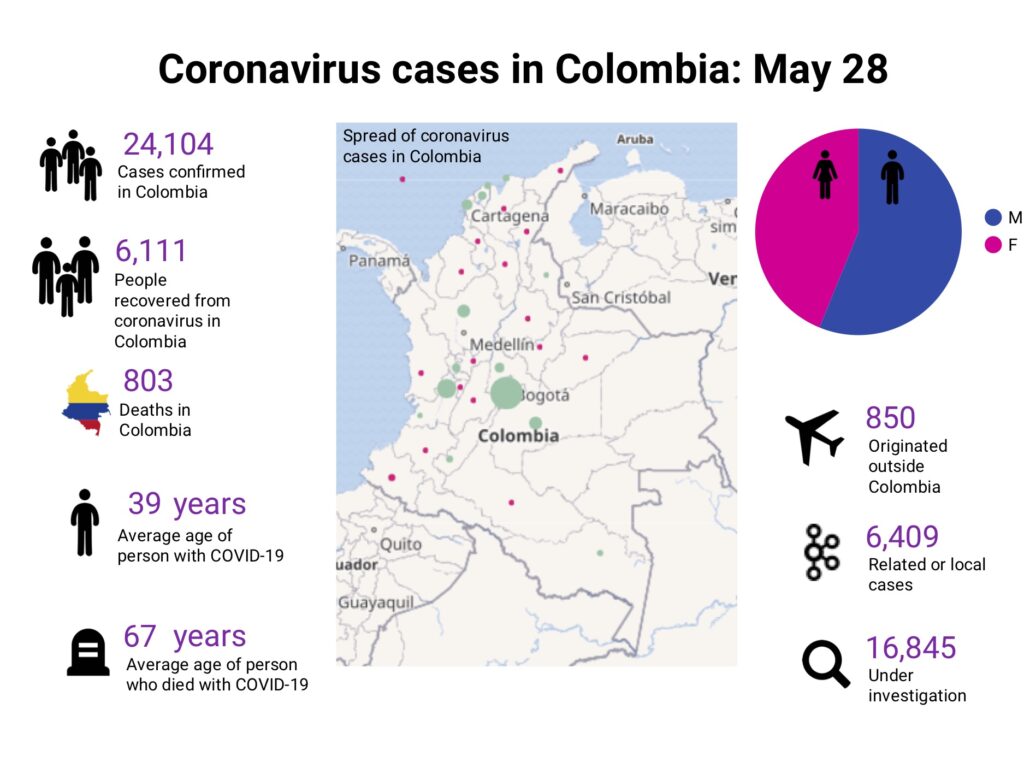
Before we have a look at what’s happening in those cities, here’s a quick recap of what we know about phase two.
- Healthy adults who are under 70 are allowed to exercise for two hours a day, beginning on June 1.
- Local authorities will need to define times for more vulnerable members of society to go out:
- Children aged between 2 and 5 will be able to go outside three times a week for 30 minutes a day, while young people aged 6 to 17 can go out three times a week for an hour.
- The over 70s and those with conditions such as diabetes, obesity or heart problems can go outside three times a week for 30 minutes each day.
- Duque was adamant that relaxing the quarantine did not mean social activity could restart. “We are recovering a more productive life, but I want to be emphatic that we are not reviving social life or much social interaction,” he said.
- Schools, universities and nurseries will not reopen. Neither will bars, restaurants or clubs. Restaurants will continue to operate delivery services, but we won’t see the socially-distanced dining that is picking up in Europe.
- The idea is to have as much remote work as possible. The government would like to see 80% of people working from home.
- Intercity transport will not restart in June and the country’s borders will remain shut, except for the humanitarian flights that have been operating for stranded tourists and Colombians alike.
- Face masks continue to be obligatory in public spaces.
The Ministry of the Interior has already intervened in Cartagena and Leticia, which suggests we’ll see more targeted shutdowns in phase two – allowing parts of the country to open up, while restricting activity in areas where there are a lot of cases.
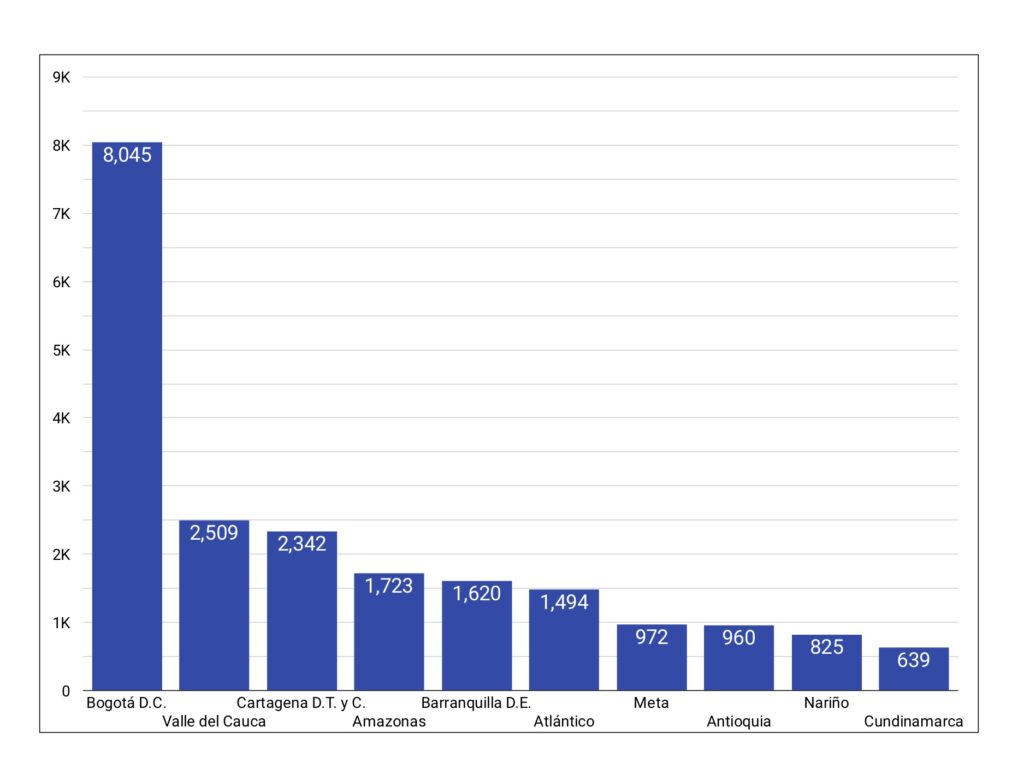
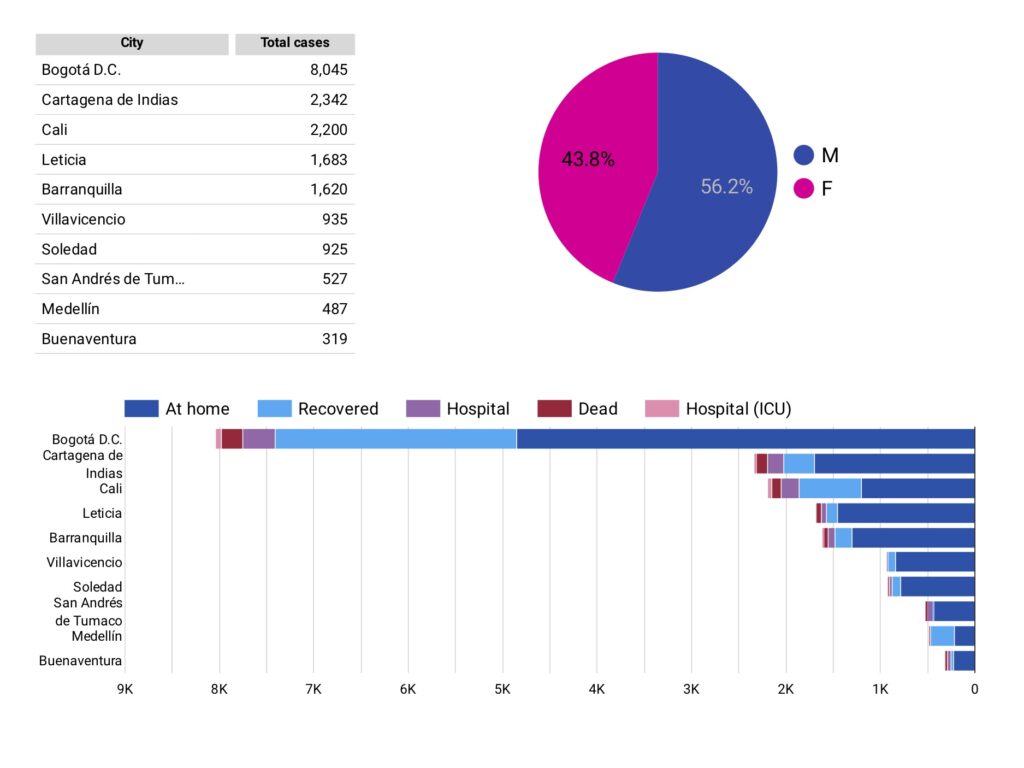
What’s going on in Bogotá?
As of today, there are 8,045 confirmed coronavirus cases in Bogotá. Over a quarter of the cases (2,090) are in Kennedy and a further 774 are in Suba, which explains the locations of many of the orange zones.
While Bogotá does have the highest number of cases, it also has more medical facilities than many parts of the country. Bogotá’s department of health announced on May 26 that 42% of the capital’s 668 COVID-19 ICU beds are occupied. The district secretary of health warned that if this figure hits 50%, the health alert level will be raised from yellow to orange. And if it reaches 70%, the city will reintroduce severe quarantine measures.
With 280 ICU units in use for COVID-19 patients, that means the city will move to orange alert if another 54 spaces are taken. And if 188 more ICU spots are needed, the city will need to go into lockdown again.
We know from those who are out on the streets that people are already starting to return to their normal lives, raising the question of how – and whether – any additional controls would be implemented. And of course, the ongoing question over how long businesses and workers can survive if their activities continue to be restricted.
What about Cartagena?
After Bogotá, Cartagena has the second highest number of deaths in the country. So far there are 2,342 confirmed cases in Cartagena and 114 people have died. Given its popularity as a tourist destination, it is not so surprising the city has been hard hit. But what tourists often forget about the charming tourist city is that it also has one of the highest poverty rates of the country.
Cartagena’s pico y cédula measures which began on May 11 have been extended until the end of the month. Cartageneros are allowed out between 6am and 4pm only on the day that corresponds to the last digit of their ID card – cédulas for most and passports for foreigners without cédulas. For example, today (May 28), only people whose ID ends in a 4 or 5 are allowed out to do the essentials such as shopping or banking. There are some reports that the quarantine may be extended further – even after the rest of the country enters phase two.
The challenge is that these severe measures are not being adhered to, as evidenced by the fact that the police shut down 600 illegal parties during the holiday weekend.
With cases skyrocketing and internal political squabbles causing the resignation of two key officials, the Ministry of the Interior has stepped in, closing six parts of the city completely (Nelson Mandela, Olaya Herrera, Pozón, La Esperanza, San Fernando and La María). There will be increased health measures and increased police and armed force presence throughout the city, especially in those coronavirus hotspots.
Those are all barrios with high poverty rates. According to a report released in 2017, 75% of Cartagena’s poverty is focused in 40 barrios – where 78% of people live in extreme poverty and 80% don’t have access to running water.
And Amazonas?
We will be writing more about the Amazonas in the coming days. As we reported at the start of May, the region has been badly hit by the virus.
With only 49,000 inhabitants, the department has more cases per million people than anywhere else in the country, by a long way. The Amazonas has 702 deaths and 21,608 cases per million people. The next on the list is Cartagena with 125 deaths per million and 2,561 cases.
Source: INS
Its porous border with Brazil, where the virus is rampant, has left the region vulnerable — and limited healthcare facilities have compounded the problem. On May 14, the Ministry of the Interior announced it would shut down the whole region until May 30.
Health minister, Fernando Ruiz Gómez, visited the region on May 3 and on May 22 a team of 22 medical volunteers arrived to assist the already understaffed medical facilities. The sharp rise in the numbers of deaths has lead the Minister of Environment to consider building a crematorium in Leticia.
Residents, however, have accused the government of failing to meet their needs. In an open letter “from the population of the Amazonas to the Colombian public” says that, for example, only 375 of the promised 500,000 face masks have arrived and only one thermometer.

